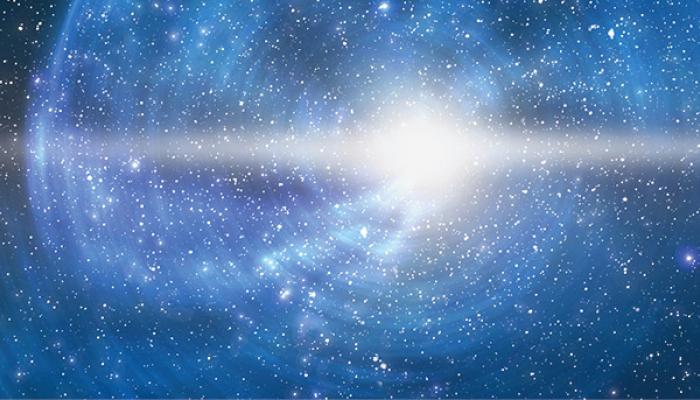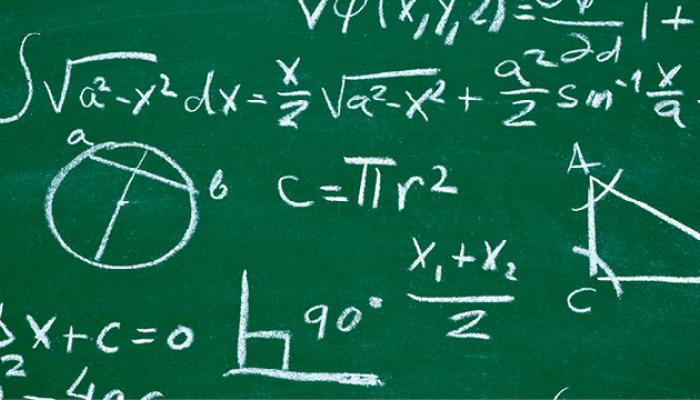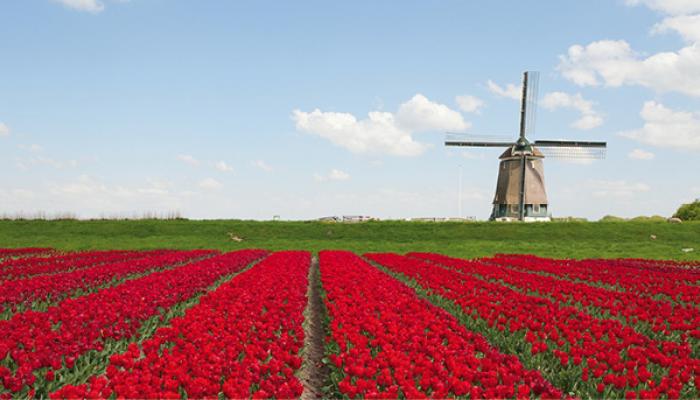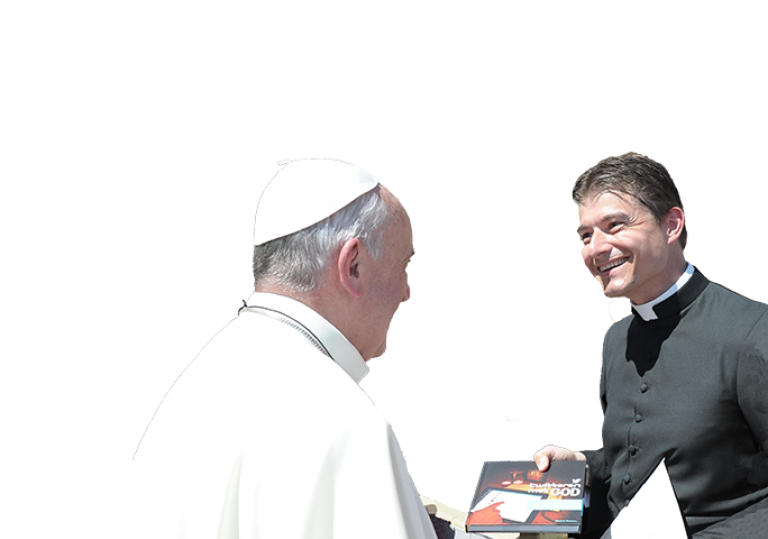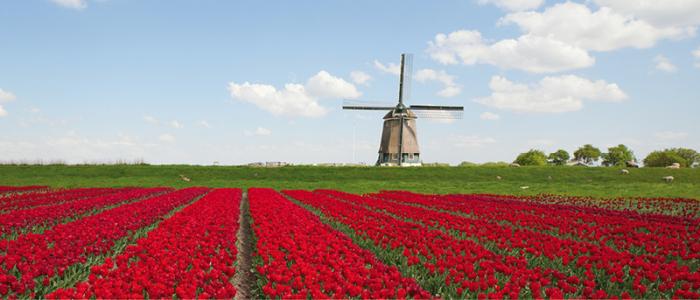
1.6 Est-il possible de reconnaître Dieu dans la nature et dans le monde ?
Si tu observes la nature de près, tu verras que tout est parfaitement coordonné et s’imbrique merveilleusement. N’est-ce pas un peu improbable que tout ça vienne d’une pure coïncidence ? Aucune théorie sur l’origine de la vie et de l’univers n’est réellement complète sans un Cerveau ou Créateur derrière tout cela. Nous appelons ce cerveau Dieu.
Tel un artiste, Dieu révèle une partie de lui-même dans la nature, en particulier son existence ainsi que le fait qu’il ait créé le monde (nous appelons cela la révélation naturelle). Le principal message de foi est que Dieu a créé le monde par amour pour les êtres humains.
How is it possible to know God with only the light of human reason?
Starting from creation, that is from the world and from the human person, through reason alone one can know God with certainty as the origin and end of the universe, as the highest good and as infinite truth and beauty. [CCCC 3]
Can we know the existence of God by our reason?
Yes. Human reason can know God with certainty.
The world cannot have its origin and its destination within itself. In everything that exists, there is more than we see. The order, the beauty, and the development of the world point beyond themselves toward God. Every man is receptive to what is true, good, and beautiful. He hears within himself the voice of conscience, which urges him to what is good and warns him against what is evil. Anyone who follows this path reasonably finds God. [Youcat 4]
In respect, therefore, of his being the Maker of this world, that is visible in heaven and earth around us, God was known unto all nations even before they were indoctrinated into the faith of Christ. [St Augustine, On the Gospel of John, Tract 106:4 (ML 35, 1910)]

